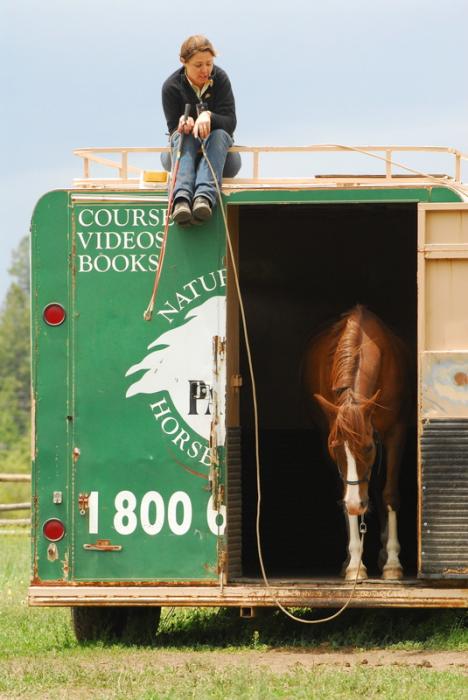
Trailering problems in horses
In this survey problems with loading were most frequent (53.4%). The next most common problem was misbehavior during travel (51.5%). Two horse trailers were used by 75.7% of the respondents. The majority of the horses (71.8%) faced in the direction of travel during trailering. A common treatment used was to feed in trailer (51.5%).
Other studies showed raise of the horses heart rate during transport, which indicates cortisol increase and stress. A few reasons are:
-
Their anatomy and physiology makes forward facing travel difficult
-
The head area is not suited for stopping or to absorb momentum in a stop
-
Horses maintain an abnormal body posture during transit (overall a base wide stance)
-
Horses are better able to maintain balance facing the rear
Although heart rates of horses transported rear facing were lower, most of the respondents stated that their horses faced the direction of travel. The most commonly used two-horse trailers are also the least stable. Therefore it is more likely that horses develop fear of trailers after transport in a two-horse trailer than in a more stable van. Behavior problems in this study improved when horses had more space, provided by (re)moving the partition or using a different type of trailer.
The most succesfull methods to treat trailer problems were to train the horse to walk, stop, and back up on command. Pat Parelli, John Lyons, Linda Tellington Jones and Diane Longannecke were cited as authors of successful methods.
> J. Lee et al, Journal of Equine Veterinary Science, Volume 21, Number 5, 2001. All rights reserved to 2001 Harcourt Publishers Ltd. Click here for the J-EVS summary


